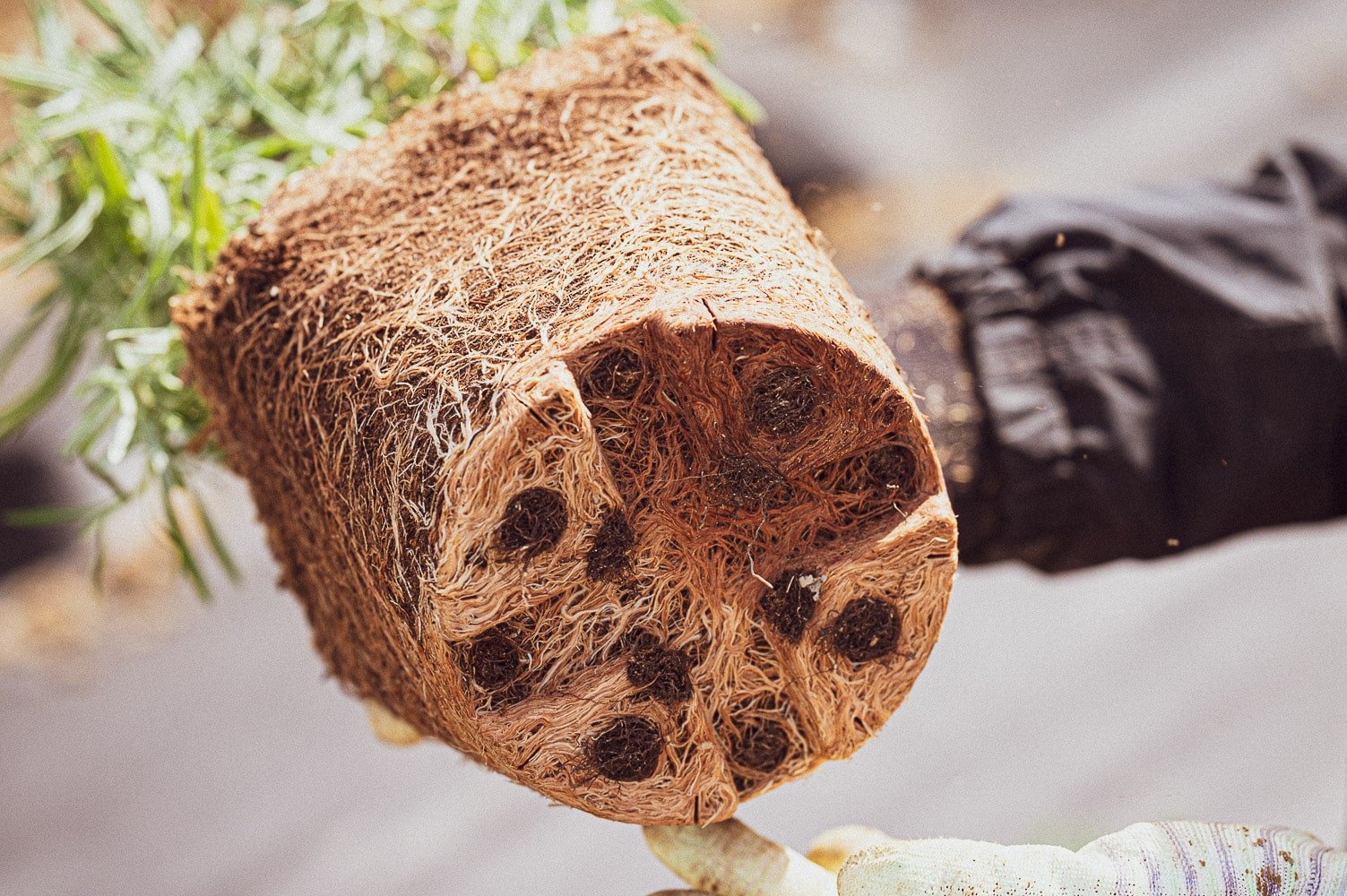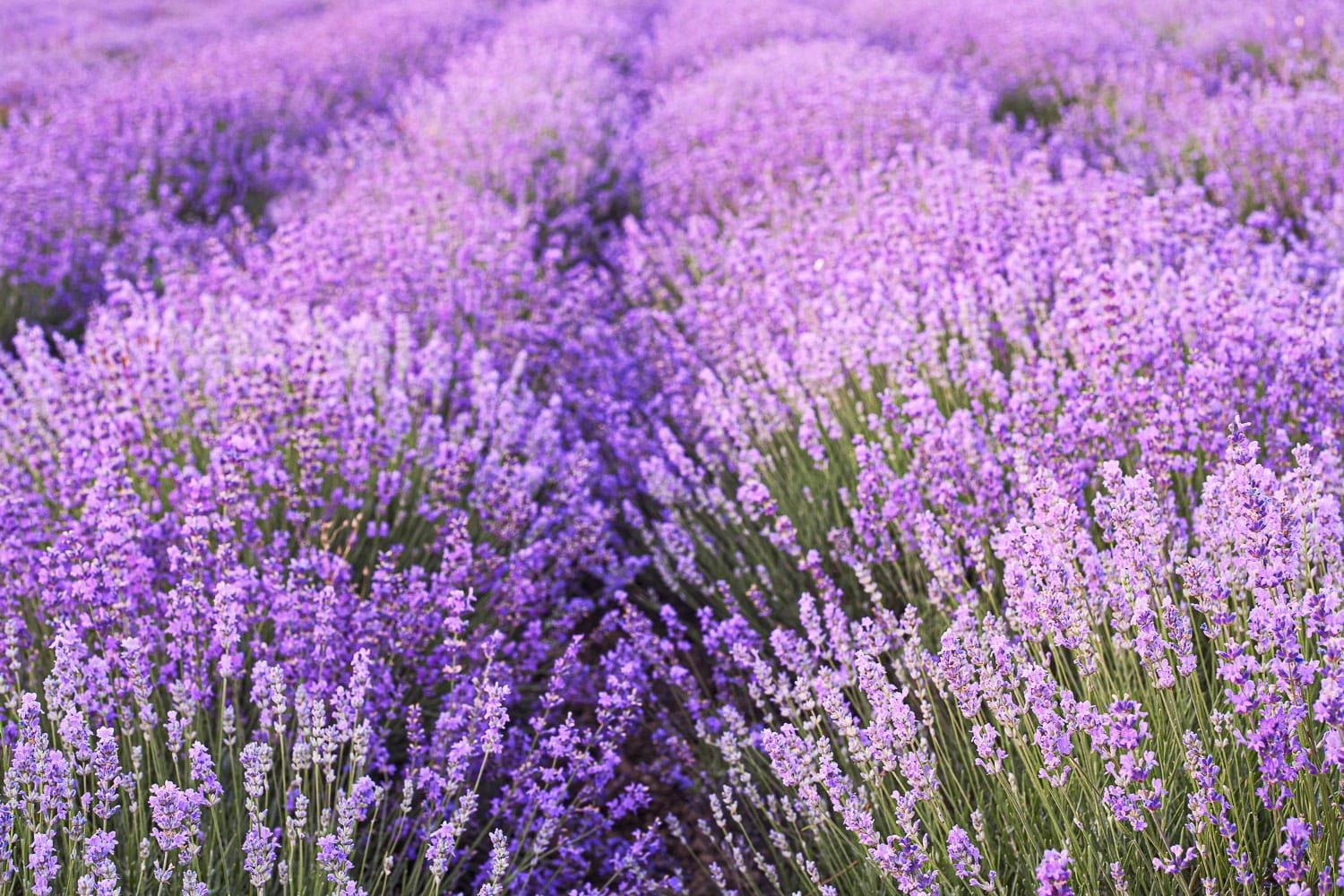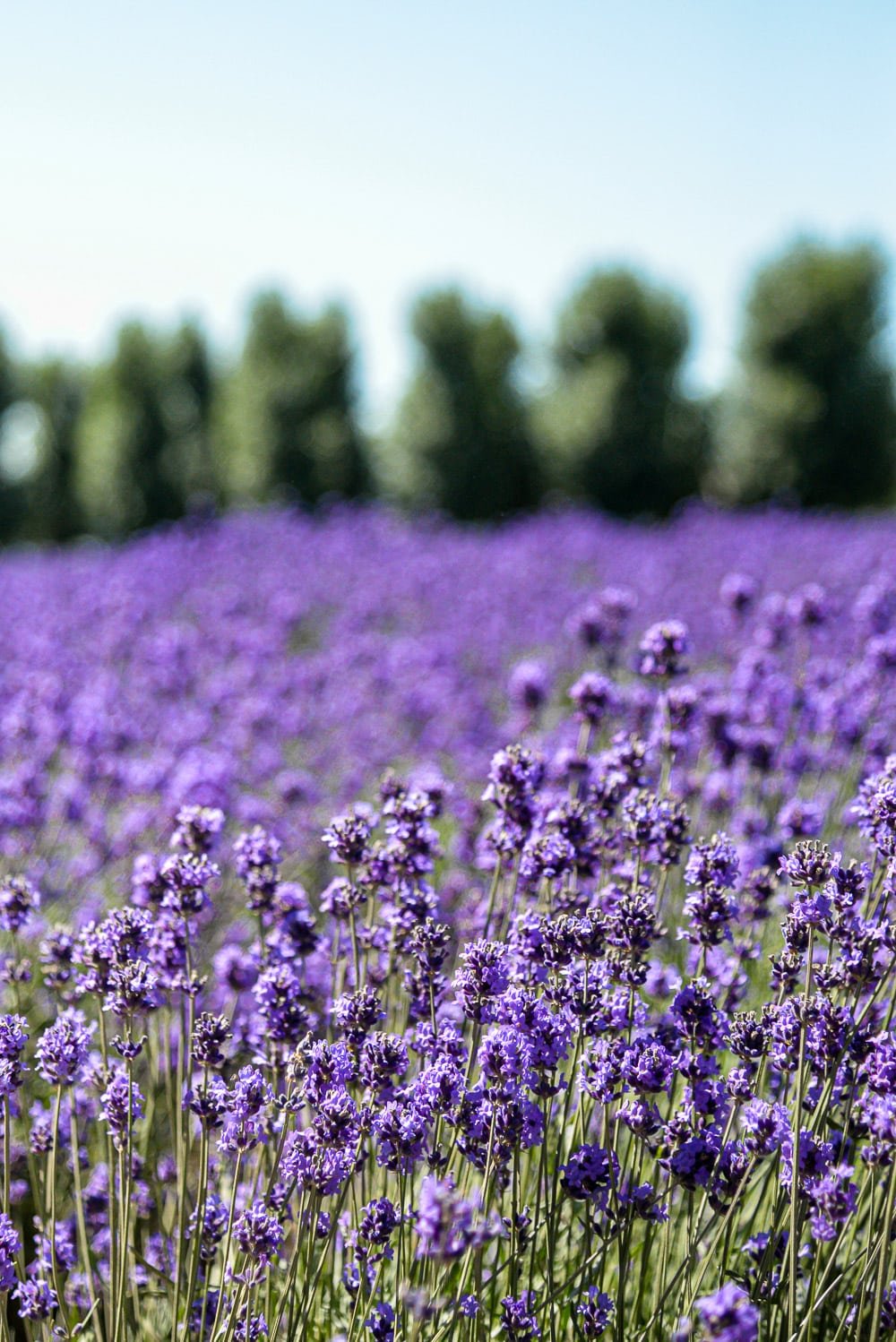Does Lavender Spread and Need To Be Divided?
Lavender, the beloved perennial herb, is known for its remarkable ability to spread and fill spaces with lush foliage. This spreading growth habit makes lavender an excellent choice for ground cover in gardens of all sizes. With its quick seed dispersal and vigorous growth, lavender can effortlessly fill gaps and add a touch of beauty to any type of garden space.
Whether you’re looking to grow lavender from seeds or plants, understanding how lavender spreads is crucial for successful cultivation. From providing adequate growth space to ensuring proper light exposure and well-drained soil (especially when dealing with clay), there are essential factors to consider when creating the ideal spot for lavender to thrive.

Key Points For Understanding How Lavender Spreads
- Lavender is known for its ability to spread and fill spaces with lush foliage, making it great for ground cover.
2. To manage or prevent lavender spread, you can prune regularly, create physical barriers, and use mulch to control growth.
3. To encourage your lavender to spread, you should provide the care and environment it requires and allow it to re-seed.
4. Factors like soil quality, climate, and care practices can influence the propensity of different lavender varieties to spread.
Understanding Lavender Growth Habits
Thanks to their robust root system, lavender plants are known for their ability to spread easily. This root system allows them to establish new plants and expand their presence in a garden or landscape.
The growth habit of lavender is characterized by low, mounding foliage. The plants grow in compact clumps, each sending out shoots that can eventually develop into new plants. These shoots can take root and create additional lavender plants nearby.
Understanding how lavender grows is crucial for effectively managing its spread. Here are some key points to keep in mind:

Strong Root Systems
Lavender plants have a robust root system that anchors themselves firmly in the soil. These roots also play a role in the plant’s ability to spread. As they grow and extend, they can produce new shoots that emerge from the ground and form new lavender plants.

Low, Mounding Foliage
The foliage of lavender is typically low-growing and forms dense mounds. This growth habit contributes to the plant’s overall appearance and spreading tendencies. The proximity of the branches and leaves creates an environment where shoots can easily develop from existing stems.

Tips for Managing and Controlling Lavender Spread
Regular pruning is key. By regularly trimming back the plant, you can prevent it from taking over your garden. Pruning helps control its growth and promotes healthier and bushier foliage.
- Learn More: To learn more about pruning lavender, see our complete guide that will remove any confusion around when and how to prune many different types of lavenders.
Creating physical barriers is another effective method to limit the expansion of lavender. You can use edging or containers to contain the plant within a specific area. Walls or barriers will help prevent it from spreading into unwanted parts of your garden or neighboring areas. Plus, using containers allows you to move the lavender around as needed, giving you more control over its placement.
Mulching around lavender plants can also be beneficial in suppressing new seed growth and restricting its spread. Applying a layer of mulch around the base of the plants also helps smother weeds, reducing competition for resources like water and nutrients. Mulch acts as an insulator with excessive soil moisture and helps regulate soil temperature and moisture levels, encouraging healthy growth while limiting excessive spreading.

Encouraging Lavender to Spread and Bloom
But wait, maybe you WANT your lavender to spread into a lovely hedge or fill in spaces, or you want it to spread so you can split and move excess plants around your yard and garden. That works, too; there are many ways to encourage your lavender plants to spread:
Planting in Well-Drained Soil
Lavender thrives in soil that drains well. It doesn’t like having its roots sitting in water for extended periods. So, if necessary, ensure the soil has good drainage by adding organic matter or sand. This will prevent waterlogged roots and promote healthy growth. Lavender plants do not tolerate excessive soil moisture and can develop diseases like root rot if left in soggy soil for too long.
The plant will grow and reach further with healthy root systems, spreading the flowers throughout the garden bed.

Providing Adequate Sunlight
Lavender loves the sun! It craves plenty of direct sunlight throughout the day to bloom beautifully. Ensure you plant your lavender in an area that receives full sun exposure, at least 6-8 hours daily. This amount of sunlight will give it the energy it needs to produce vibrant flowers that will turn into seeds that will help propagate new growth.
More sun means more flowers, more seeds, and more new plants.
Regularly Dividing Mature Plants
Dividing mature lavender plants helps maintain their vigor and allows them to spread further. Every 2-3 years, carefully dig up the clump of lavender and divide it into smaller sections, ensuring each division has some green growth and buds intact. Replant these divisions in different areas of your garden or share them with fellow gardening and plant lavender enthusiasts.
Following these simple tips, you can encourage your lavender plants to spread and bloom abundantly, creating a stunning display of fragrant flowers in your garden.

Varieties of Lavender and Their Ability to Spread
Lavender (genus Lavandula) is a popular group of aromatic herbs and shrubs that vary in their growth habits and propensity to spread. The spread of most lavender plants can depend on the specific variety, growing conditions, and how well it’s maintained. Here is a list of some common lavender types and their general propensity to spread:
Varieties of Lavender and How Much They Spread
English Lavender:
- Propensity to Spread: Low to moderate.
- English lavender grows compactly, making it a good choice for small gardens or container planting.
French Lavender:
- Propensity to Spread: Low.
- French lavender is a smaller variety that generally forms a neat and compact shape.
Spanish Lavender :
- Propensity to Spread: Moderate.
- Spanish lavender can spread moderately but is still relatively contained compared to other varieties.
Lavandin:
- Propensity to Spread: Moderate to high.
- Lavandin is a hybrid lavender that can grow more vigorously than other varieties, making it better for larger spaces.
Spike Lavender :
- Propensity to Spread: Moderate.
- Spike lavender has a moderate growth habit and is often used for its strong scent.
Dwarf Lavender (‘Munstead’ or ‘Hidcote’):
- Propensity to Spread: Low.
- Dwarf lavender varieties have a compact growth habit and are well-suited for small gardens and containers.
Canary Island Lavender:
- Propensity to Spread: Moderate.
- This lavender variety can spread moderately and may require some pruning to maintain its shape.
It’s important to note that while these are general guidelines, the plant growth habit and propensity to spread can be influenced by factors like soil quality, climate, and care practices.
Pruning, especially after the flowering season, can help control the spread of most lavender varieties. It’s always a good idea to check specific care instructions for the lavender variety you want to ensure its growth fits your gardening needs.

Conclusion: The Spreading Nature of Lavender
By managing and controlling its spread through regular maintenance, you can ensure that lavender remains a delightful addition to your garden without becoming overwhelming.
Learn More About Lavender Plants:
We’ve grown lavender across Canada, from Vancouver to Nova Scotia, and have encountered every possible challenge. With that experience, we’ve put together some wonderful guides to get you started on your lavender-growing adventure. We hope you find these guides helpful!
- The Best Lavender Companion Plants For Your Garden
- How To Grow Lavender In Pots Successfully!
- What To Do With Dried Lavender This Harvest Season
- Winterizing Lavender Plants: Expert Tips For Plant Protection
- How To Dry Lavender (Preserving Methods And Tips)
- How and When to Harvest Lavender
- When to Plant Lavender: Fall or Spring?
- How to Grow Lavender Plants Indoors
- Transplanting Lavender
FAQs
Can I grow lavender indoors?
Absolutely! While lavender thrives in outdoor environments with lots of sunshine, you can also grow it indoors successfully. Choose a sunny spot near a window where your lavender can receive at least six hours of direct sunlight daily. Ensure proper drainage by using well-draining soil and pots with drainage holes.
How often should I water my lavender plants?
Lavender is drought-tolerant once established, so it’s important not to overwater it. Water thoroughly when the top inch of soil feels dry, but avoid letting the roots sit in standing water. During hot summer months, watering once every two weeks is generally sufficient.
Can I use lavender for cooking?
Absolutely! Culinary varieties such as English or French lavender are perfect for cooking purposes. Their delicate floral flavor adds a unique touch to sweet and savory dishes. Use fresh or dried lavender flowers sparingly in recipes like baked goods, salads, marinades, and teas.
What are some companion plants that go well with lavender?
Lavender pairs beautifully with a variety of plants. Some popular companions include rosemary, sage, thyme, and other herbs. Lavender’s vibrant purple blooms create a striking contrast when planted alongside roses or ornamental grasses.
How do I prune my lavender plant?
Pruning is essential for maintaining the health, vigor, and shape of your lavender plant. After it finishes blooming in late summer or early fall, trim back about one-third of the plant’s height. Avoid cutting into the old wood, as this can hinder new growth. Regular pruning will help keep your lavender compact and encourage more flowering next season.

Author: Laura Kennedy
Writer & Owner of Little Yellow Wheelbarrow




